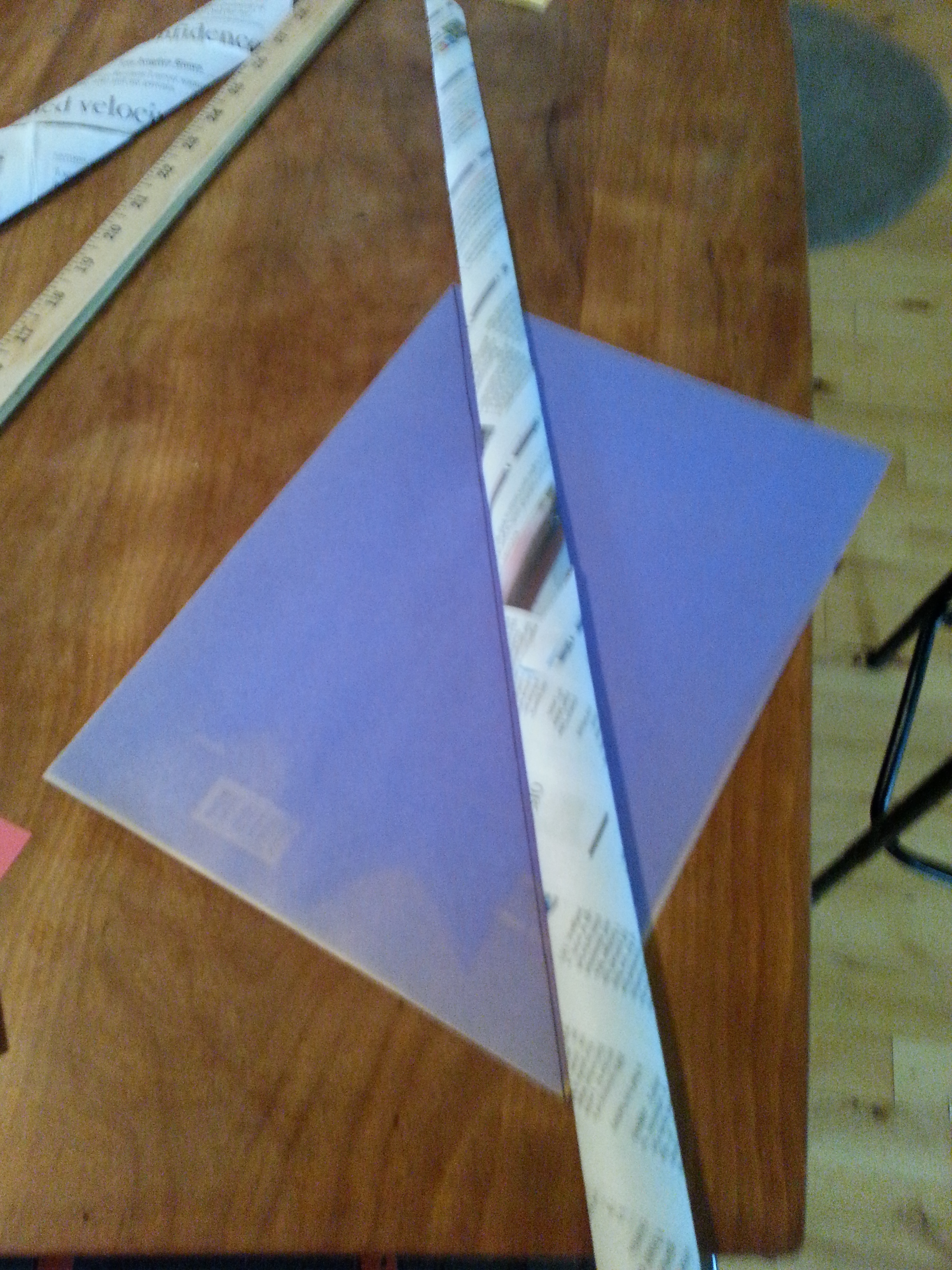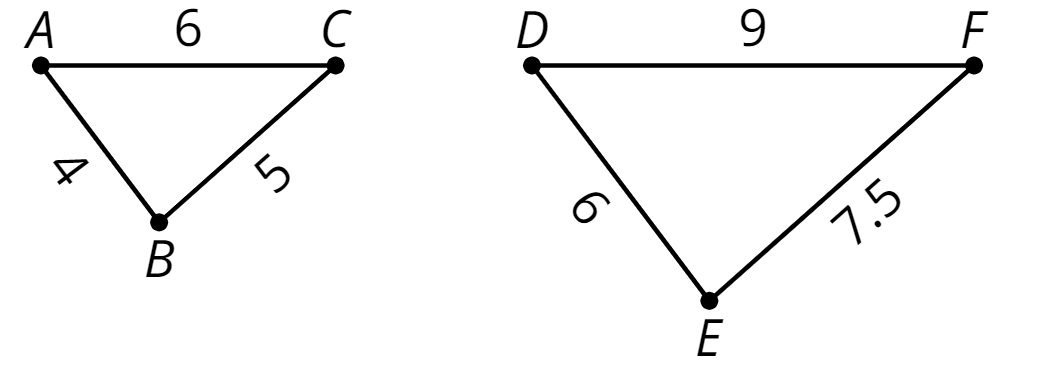Lesson 1
Projecting and Scaling
Lesson Narrative
In grade 7, students examine scaled copies. For polygons, they identify that side lengths of scaled copies are proportional, and the constant of proportionality relating the original lengths to the corresponding lengths in the scaled copy is the scale factor. This lesson builds on this experience. In the first activity, students arrange a set of scaled copies of rectangles and observe that if the rectangles are arranged to share one angle, then the opposite vertices all lie on the same line. This motivates an informal introduction of dilation, a geometric process that produces scaled copies. In the context of the set of rectangles, the shared vertex is the center of dilation and, as students will learn in later lessons, the dilation scales the distance of all points (not just the upper right vertex of the rectangle) from the center of dilation. A second optional activity recalls explicitly work from grade 7 about scaled copies of rectangles.
Learning Goals
Teacher Facing
- Comprehend the term “dilation” as a process that produces scaled copies.
- Describe (orally) features of scaled copies of a rectangle.
- Identify rectangles that are scaled copies of one another.
Student Facing
Let’s explore scaling.
Required Materials
Required Preparation
For the activity Sorting Rectangles, decide whether students will create their own set of rectangles A–E or if you will create these ahead of time. If students will create their own, they need 2 sheets of copier paper and a pair of scissors. (Students do not need scissors if they are not creating the rectangles.) If you will create them ahead of time, prepare and label one set A–E for each pair of students:
- A: One full sheet, 8.5 by 11 inch
- B: One half sheet, 8.5 by 5.5
- C: One quarter sheet, 4.25 by 5.5
- D: One eighth sheet, 4.25 by 2.75
- E: One sixteenth sheet, 2.125 by 2.75
Calculators are optional. Decide whether you want students to handle the computations without a calculator or whether you will offer calculators.
Each pair of students will also need a long straightedge (at least 14 inches long). Meter or yardsticks would work, or a long straightedge can be created from newspaper, like this:

Learning Targets
Student Facing
- I can decide if one rectangle is a dilation of another rectangle.
- I know how to use a center and a scale factor to describe a dilation.
Glossary Entries
-
scale factor
To create a scaled copy, we multiply all the lengths in the original figure by the same number. This number is called the scale factor.
In this example, the scale factor is 1.5, because \(4 \boldcdot (1.5) = 6\), \(5 \boldcdot (1.5)=7.5\), and \(6 \boldcdot (1.5)=9\).

Print Formatted Materials
For access, consult one of our IM Certified Partners.
Additional Resources
| Google Slides | For access, consult one of our IM Certified Partners. |
|
| PowerPoint Slides | For access, consult one of our IM Certified Partners. |